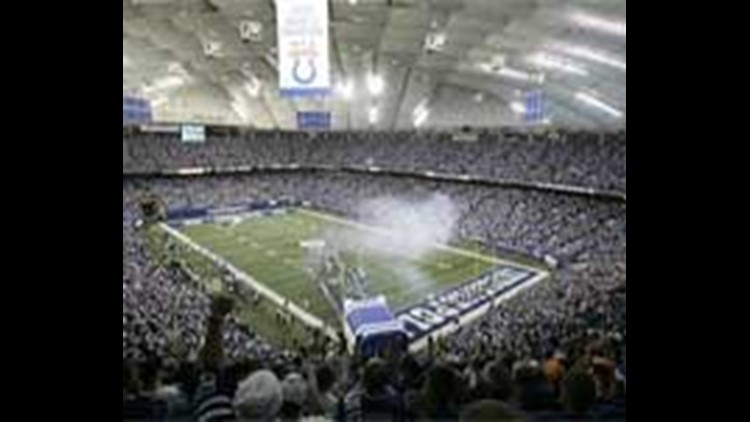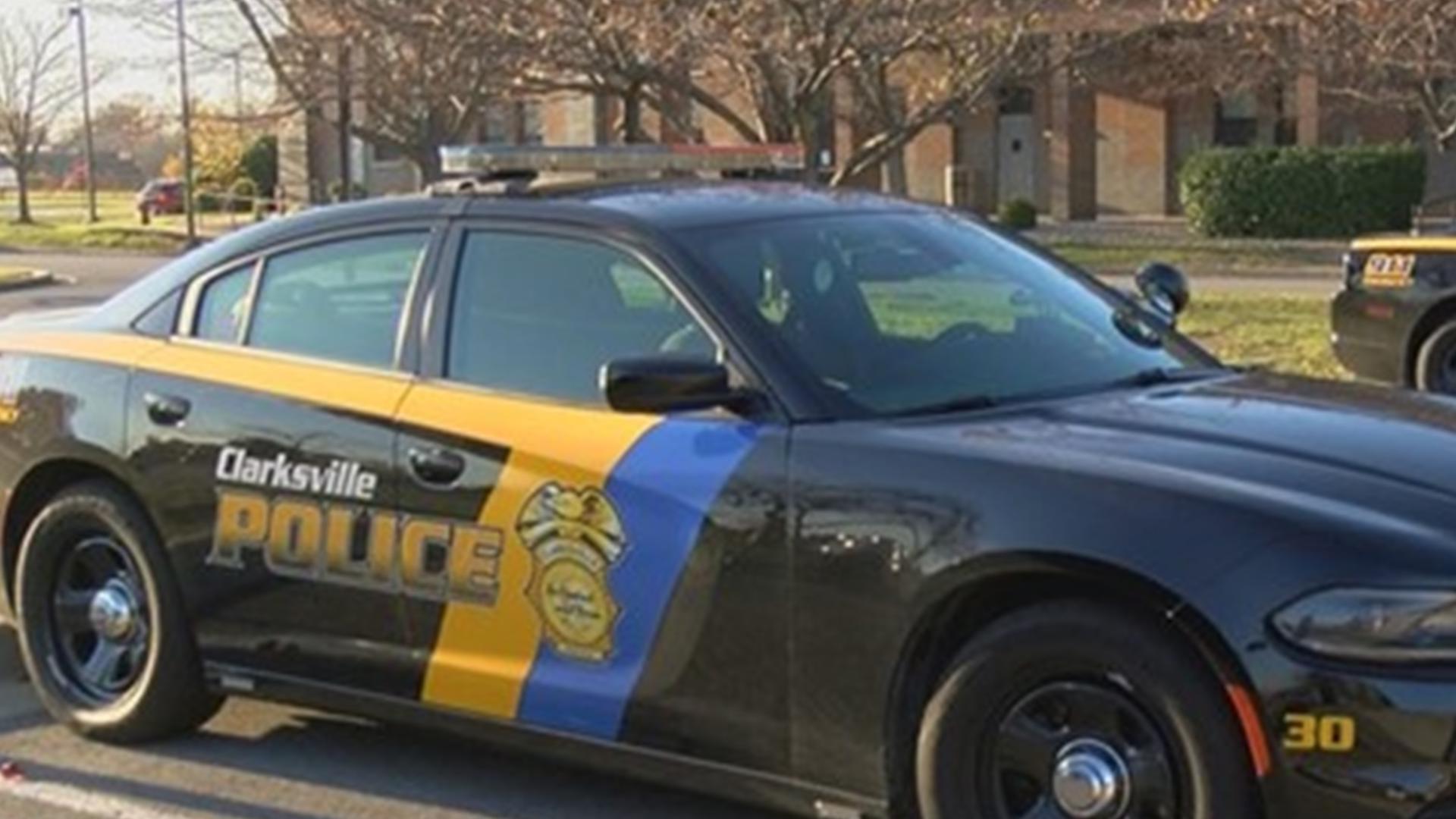Indianapolis - Built a quarter-century ago with no assurance a pro football team would ever play there, the RCA Dome was a gamble from day one.
But it paid off, becoming the symbol of the transformation of Indianapolis into a major sports town.
Home of the Colts since 1984, the stadium became a four-time host of the NCAA men's basketball Final Four, the site for the largest crowd ever to attend a high school basketball game and events such as Farm Aid, Wrestlemania and Bruce Springsteen and Rolling Stones concerts.
This month's AFC playoffs will likely mark the end of the Colts' days in the 57,000-seat downtown stadium. Starting next season, they are to move across the street into a new $720 million stadium that towers over the RCA Dome, which will be demolished to make way for a convention center expansion.
Prospects of the new 63,000-seat, retractable-roof Lucas Oil Stadium enticed the Colts two years ago to accept a 30-year lease extension. Its predecessor, initially named the Hoosier Dome, had more modest beginnings: It was sold to the public primarily as a boon to the city's convention business and, only secondarily, as a lure for an NFL team.
Former Mayor William Hudnut says his drive to build the stadium in the early 1980s was a gamble.
"Not so much because it was a matter of the Colts coming or not, but because (without gaining a team) the general public would not have bought our argument that it was going to be a multipurpose facility yoked in to the convention center, and would have thus concluded it was a failure," Hudnut said.
The city was known in sports circles mainly for the Indianapolis 500 when Hudnut appointed a committee in 1980 to consider building a new stadium that could attract a pro football team. The stadium was nearing completion when Indianapolis officials began secret negotiations with the Colts in February 1984 about moving from Baltimore.
On March 29, 1984, a deal in hand, the team packed its equipment into a fleet of trucks and drove from Baltimore in the middle of the night before the Maryland legislature could act on its threat to seize the Colts through eminent domain.
A few days later, a crowd of 20,000 cheered inside the dome as Hudnut gave keys to the city to Colts owner Robert Irsay and coach Frank Kush and proclaimed it "one of the greatest days in the history of this city."
The Colts opened with 17 straight regular-season sellouts in Indianapolis, but they soon struggled to fill what became an often-quiet stadium. It took 12 seasons to win a playoff game in a state known more for basketball.
Even so, the dome was "one of the nicest stadiums in the league," said Colts executive Bill Brooks, a wide receiver for the team from 1986-92.
"When you go back and think about it, we played in old Fulton County Stadium in Georgia and the Orange Bowl in Miami and Veterans Stadium in Philadelphia and the Astrodome in Houston and Foxborough, Mass. At the time, our stadium was new and nice to play in," Brooks said.
Fans have since turned the dome into an advantage for the Colts, drawing complaints in recent years that the team piped in artificial noise to make it even louder. The result: A home record of 33-6 since 2003 and a 4-1 home mark in the playoffs.
Coach Tony Dungy, who has spent the last six seasons in Indianapolis, says the first home game of 2003 - a 33-7 win over Tennessee - was a turning point. The Colts went on to win their first of five straight AFC South titles.
"In '02, we had good crowds but we were an offensive team and I think the fans were used to being quiet," Dungy said. "I think that game, it got loud, and now it's a really raucous atmosphere in there."
David Frick, who led the 1984 negotiations with the Colts as a deputy mayor and is chairman of state commission overseeing the Lucas Oil Stadium construction, says the RCA Dome was a key to changing the city's image.
"Sports was an element in our game plan to change the image of the city back in the late 1970s, early 1980s," he said. "Suddenly, outside capital discovered Indianapolis and started making investments in Indianapolis."
The first major event in the dome was in July 1984, an exhibition doubleheader with the U.S. Olympic men's and women's basketball teams that attracted almost 68,000 people, the largest crowd for basketball in the United States.
The dome hosted the NBA All-Star game in 1985, the NBA Draft in 1994 and the World Basketball Championships in 2002. It also was the site of the NCAA women's basketball Final Four in 2005; the men's Final Four in 1991, 1997, 2000 and 2006, and first- and second-round games in eight other years.
The largest crowd ever to attend a high school basketball game in the United States filled the dome in 1990, when about 41,000 fans attended the state championship game won by Indiana recruit Damon Bailey's Bedford North Lawrence team.
The dome's final event won't be a sports showcase: Firefighting instructors will gather for a conference in April. But for now, it's down to the final kickoffs.
The 75-year-old Hudnut, who spent 16 years as mayor before leaving office in 1993 and now lives near Washington, D.C., said his nostalgia for the dome doesn't blind him to the city's need to look to the future.
"You don't stand still as a city; you go forward or backward," he said. "I support the construction of the new stadium and the replacement of the current dome with an expanded convention center facility. And certainly, I am deeply pleased that the Colts will be staying in town."
AP Sports Writer Michael Marot contributed to this story.
(Copyright © 2008 The Associated Press. All rights reserved. This story may not be published, broadcast, rewritten or redistributed without the prior written authority of The Associated Press.)



